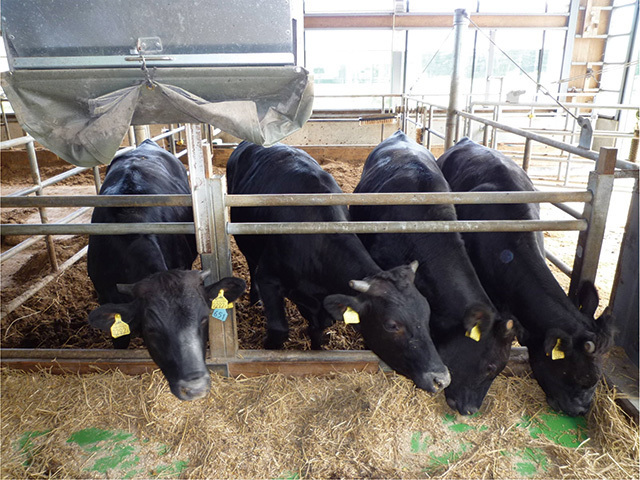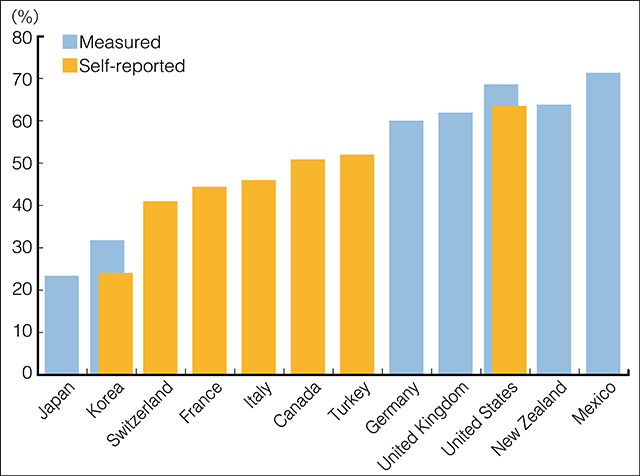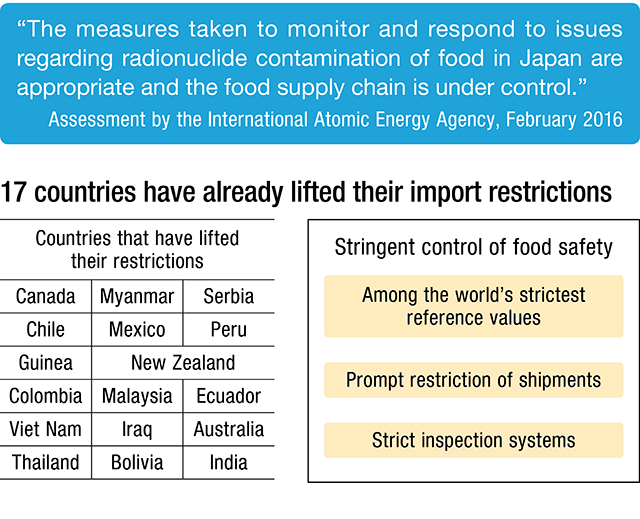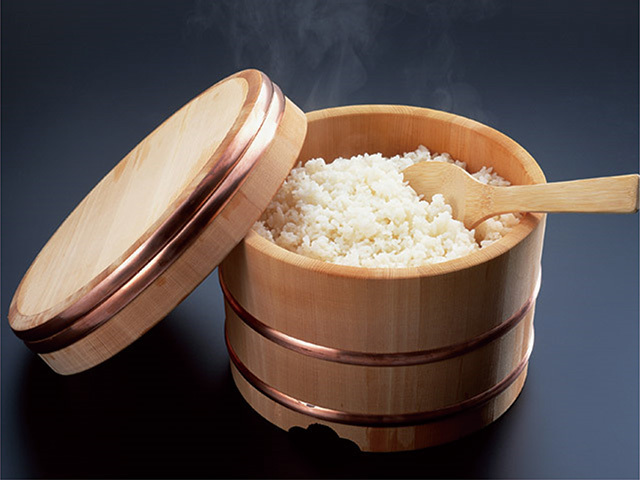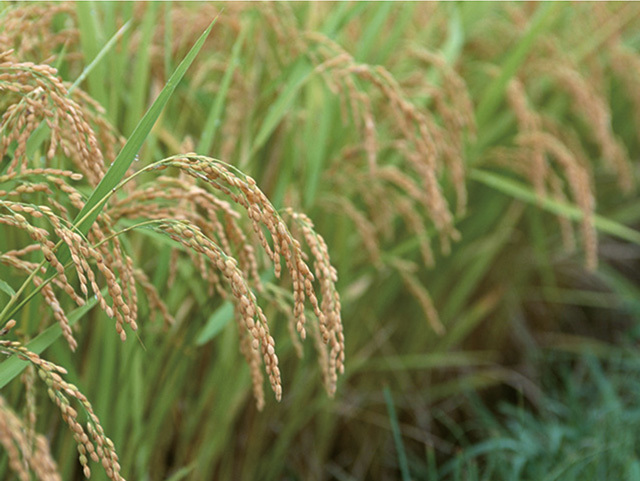Recent years have seen a worldwide boom in the popularity of Japanese cuisine. Generally speaking, the Japanese diet packs fewer calories than its Western counterparts, and obesity is less prevalent among the Japanese as a result. This is one of the main reasons for the worldwide common interest in Japanese food. Now, though, attention is also focusing on the ingredients that make up these dishes.
In response to this interest, moves are afoot in Japan to increase overseas awareness of the attractiveness of various Japanese food ingredients and to expand sales channels for them in world markets. One of these moves aims to establish the “Japan brand” for high-quality agricultural and fisheries products, with a focus on measures to grow exports of them.
One such area is high-grade Japanese beef. Meat labeled with the Japanese name wagyu , produced in Australia and other countries, has been distributed mainly in Western markets in recent years. But this foreign beef differs greatly from true Japanese wagyu , which owes its quality to thorough feed management, clean, stress-free living environments for the cattle, and painstaking care of and devotion to the animals on the part of ranchers. This approach is not so easily copied.
Japanese cattle raised in comfortable, clean environments.
Finely marbled wagyu looks magnificent and melts in the mouth.
According to Tsuyoshi Hishinuma, chairman of the Japan Livestock Export Promotion Council, foreign diners use unique words to describe the experience of eating true Japanese wagyu , exclaiming “Beautiful!” at the sight of the richly marbled appearance of the meat and marveling at the “melty” mouthfeel of each bite they take. “At trade fairs held in Britain and Germany in autumn 2015,” says Hishinuma, “we saw chefs from those countries’ Michelin-starred restaurants lining up to sample the wagyu .”
Similar global attention is now focusing on rice, which plays a central role in the Japanese diet. This grain is a vital ingredient in sushi, another Japanese cuisine with broad popularity overseas. Miho Yamazaki, who grows rice in Ibaraki Prefecture, has been developing finely tuned strains of rice that are perfect matches for particular dishes. One of these, a special version for use in sushi, features less stickiness than ordinary grains and a delicate flavor that matches sushi vinegar perfectly. “Ask people abroad what Japanese food they like, and they’re certain to answer, ‘sushi!’ This made me believe that there was demand for Japan’s delicious rice in overseas sushi markets, and I started looking into exporting it,” says Yamazaki. She now sells sushi rice in the United States, Canada, France, Britain, and Singapore. Her rice has earned high praise from guests enjoying it at receptions hosted by Japan’s embassies in places such as Canada and France. Marketing moves like these have helped Yamazaki to open up new sales channels around the world.
There are still issues to address, of course. Some countries continue to restrict imports of Japanese agricultural products, citing concerns about radioactive materials in the wake of the March 2011 disaster. But thanks to concerted efforts through scientific research to show the safety of Japanese food, these obstacles are being dismantled as time goes on. The European Union, for example, dramatically relaxed its restrictions in January 2016. We are having quarantine consultation with other countries to make more people in the world enjoy Japanese excellent foods. As this progress continues steadily, conditions will ripen for more and more people around the world to get a taste of the high-quality agricultural produce and food products that Japan has to offer.






































































































